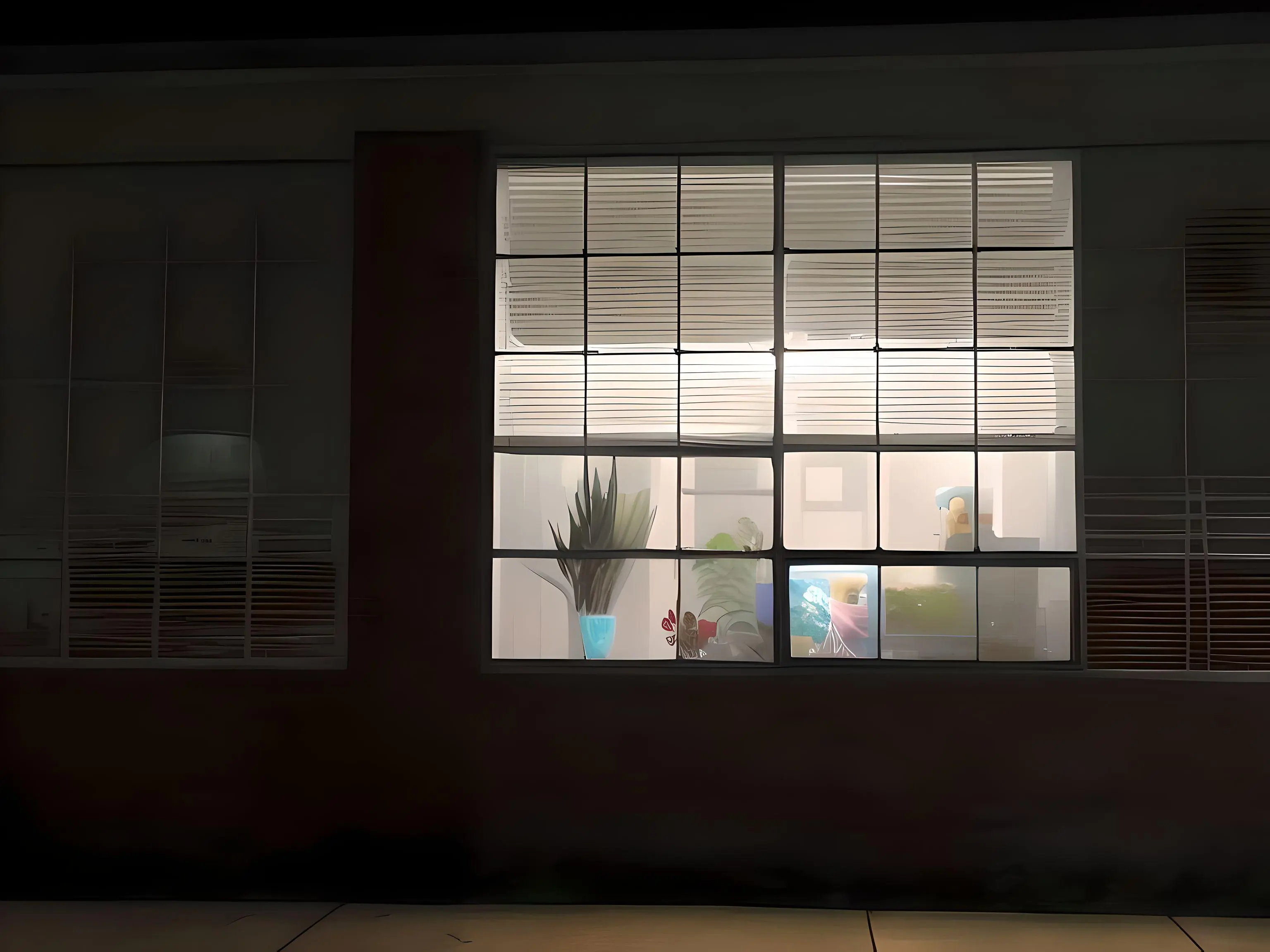Today, the Los Angeles Unified School District has a goal of converting at least 30 percent of every schoolyard to green space, a years-long project that it expects to cost $3 billion. By its own estimate, about 475 schools do not meet that standard and, of them, more than 200 elementary schools have less than 10 percent green space. This analysis does not include school parking lots or truck delivery areas — paved surfaces that are likely to remain that way and raise the temperature around schools.
Webster, after years of waiting, is now on the list of schools to be renovated by the Trust for Public Land. The nonprofit will work with a class of third-graders and landscape architects for the next year to design a new schoolyard. Projects like this can take two to three years to complete, at a cost ranging from $400,000 to as much as $2.5 million, said Danielle Denk, who directs the organization’s schoolyard transformation work. In Philadelphia, most of the money for these projects comes from the water department, which is trying to make the city more capable of absorbing storm runoff.
Plus the kids will have trees to use as cover from shooters. I guess to avoid the packin’ heat Island effect?
Ah yes, running outlockeddoors during lockdown is safer than hiding in your local classroom blindspot.
Run -> Hide -> Fight is what we were taught.
If you’re already outside, sure, but otherwise that’s bullshit, excuse my French. At least two people died because they followed the fire drill procedure during the Nashville shooting.
I suppose it’s a bit of a unique case; my high school’s classrooms did not have doors, and we were located pretty close to wooded areas. Assuming there is an active shooter inside the building, running was deemed to be the safest choice if available.
I sometimes forget our architecture was a little nonstandard.
Shooters keep shooting for as long as they want unless they are forcibly stopped. Number of deaths are directly correlated with the duration of their attack. The sooner the attack is stopped, the fewer total deaths and injuries.
“Run, Hide, Fight” increases any individual’s own survival rate, but paradoxically, “Fight, Hide, Run” increases the survival rate of the entire group, even though it greatly increases risks to the “fighters”.
Try it with a paintball, airsoft, or squirt-gun wielding attacker and unarmed defenders. Tell the group that as soon as they know where the attacker is, charge him. If you don’t know where he is, hide until you figure it out. If there is no place to hide, run away. Count up the “dead”, and it will almost always be substantially lower when the group blitzes the attacker vs. when they try to avoid being killed by the attacker.
no… doors? how did that work
“Nonstandard” would be an euphemism
deleted by creator
Covenant. There was another one?
Ah my bad. I thought there had been another recently, but it was just a mass shooting, not a school shooting.
You are sick. Seek help.
Please don’t take my comment as a light-hearted jab at the idea of school shooters. But rather, it’s a scathing commentary on fixing something like parking lots when children are dying. Maybe I didn’t do a good job of it but that was my intent.
It’s a shame only one thing nationwide can be worked on at a time.
You’re right. I guess it just feels like painting a bursting dam to me. And the shootings are weighing heavier on me. I’m glad we’re doing something positive. It’s just hard to appreciate when my mental image of a school is fear and tragedy. It’s probably a me thing
It’s called at least being able to improve things while half of our country will not compromise on school shootings.
This will be beautiful. One downside is that it will need more maintenance costs, i.e. you can’t just walk away from it for years at a time, especially if it were somewhere that poison ivy could start to grow. But definitely an uplifting positive direction to be heading in!:-)
I mean you could. My wife’s school usually let’s the outside of her class become a forest before they chop it all down like every two years. Mainly because they don’t have a landscaper and just equip a janitor with a weed Wacker
That’s still effort every other year. Tbf I don’t know what all is involved in “maintenance” of concrete - I presumed that one could ignore it far easier, but I have nothing with which to back that up:-).
Concrete is different from blacktop
Oh right, but that too - how much maintenance could that “need”, compared to something constantly growing?
Not as much, but it breaks down a lot faster than concrete
Which words - Janitor’s Weed Wacker?
Still a far cry from Raccoon Sex Dungeon:-)
Also, I cannot see anything used in the music sphere that could be even remotely misconstrued as being anti-weed. :-P
you got it
And it seems most others who voted on it did not 😂
I went to school in CA for a year and a half. In all the states I’ve also gone to school, that was the only place with blacktop as the school yard. Strange for such large expanses without turf.
Both the Catholic school I attended Kindergarten through 2nd grade at and the public middle school I attended in suburban NY had blacktop as the main rec area during lunches and other such breaks, so it’s not just a CA thing, I guess. Neither school was in a very build up area, either. The Catholic school in particular had plenty of land they could have had us play on that wasn’t the parking lot. Had I stayed there for all my schooling, they were even known for sending students into the marsh out behind the school to catch their own frogs for the full experience of preserving something in formaldehyde and dissecting it during high school biology labs.
This is awesome. Might even be really engaging for green-minded students if they are given the opportunity to participate in the greening, or any gardening, or maintenance etc. They should also all install apiaries, and teach beekeeping
If only people could have predicted this kind of thing a few decades ago… Oh wait, they did. But still it’s weird to frame it this way. We should have natural campuses because that’s better in general, not just because of the heat island effect.
What about basketball?
Soccer instead. Basketball is a cataylst for global warming.
They can still exist they’ll have dedicated areas. Super common to see on a school yard. The overall issue is massive areas of black top not small basketball courts
Those’ll probably be part of the remaining 70% that isn’t greenspace.
While greenery is better than black top, there are studies that show metal roofs do not retain heat at night and are virtually care free.
I’ve never heard of these things. What about the sunlight reflection’s glare, and how would this be better than conventional roofs or solar panel roofs?
That doesn’t address what I said about glare, and well, I had the expectation that “blacktop” was low-budget playgrounds, not literally black tops. And why metal when you can have a tile roof or a solar panel roof?
Tile is stone and retains heat.
But it’s better than anything made from petroleum
I wonder how much additional water this will use?
Judging by how many trees suburbs already have, probably just rainwater
OK, good.
And I found this in the article:
In Philadelphia, most of the money for these projects comes from the water department, which is trying to make the city more capable of absorbing storm runoff.
I guess the water dept knows what they’re getting into.
Having lived in California, so much of their rain water actually just runs down the sewers. It’s so hard for the water to absorb into their soil because it’s become just baked into almost a crust. Having green space will probably make it easier for water to penetrate into the soil and be retained in the soil.






